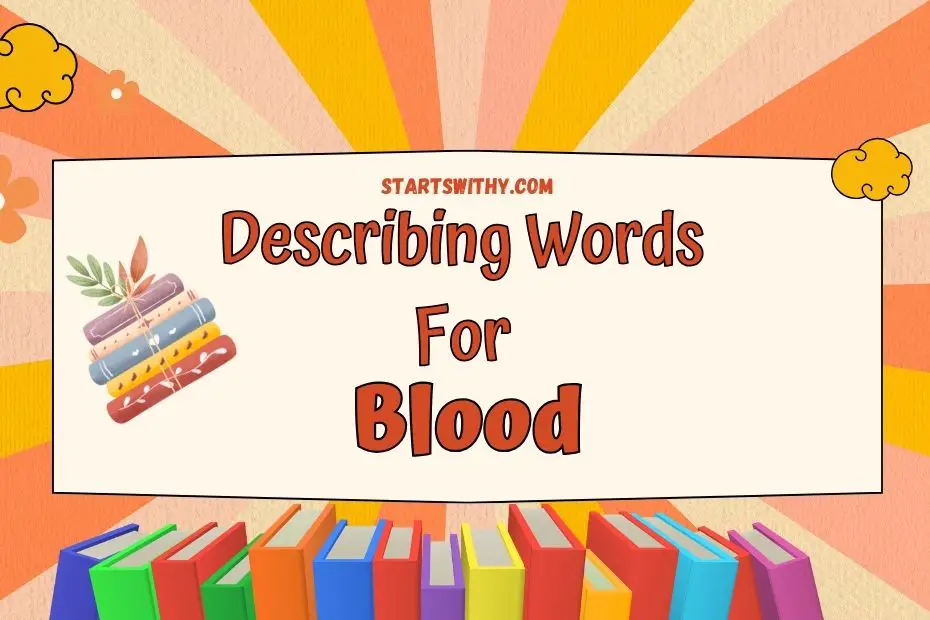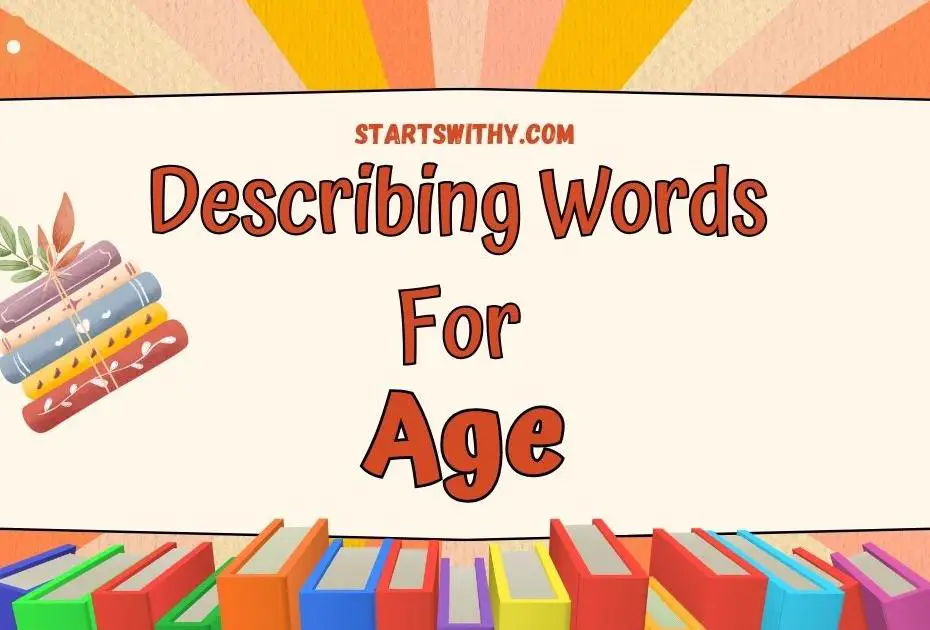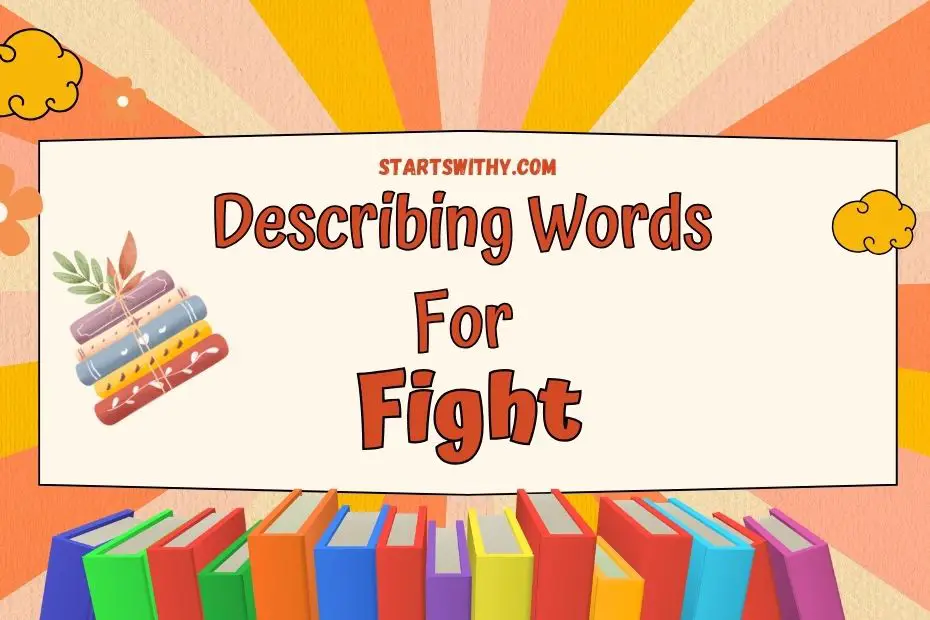Chaos. It’s a word that evokes images of disorder, confusion, and unpredictability. But how do we describe chaos? How do we capture its essence in words? In this article, I’ll be exploring a variety of adjectives that can be used to paint a vivid picture of chaos. From tumultuous to frenzied, these descriptive words will help you convey the chaos in any situation. So, whether you’re a writer looking to add depth to your storytelling or simply someone who wants to better articulate the chaos around them, join me as we dive into the world of adjectives for chaos.
When chaos erupts, it’s often difficult to find the right words to describe it. That’s where this article comes in. I’ll be sharing a range of descriptive words that can be used to paint a picture of chaos in all its forms. Whether it’s the chaotic energy of a bustling city street or the disarray of a cluttered room, these adjectives will help you bring chaos to life. So, get ready to expand your vocabulary and discover new ways to express the chaos that surrounds us. Let’s dive in and explore the world of adjectives for chaos.
How to Describe chaos? – Different Scenarios
When it comes to describing chaos, finding the right words can be a challenging task. Chaos is a concept that encompasses disorder, confusion, and unpredictability. It is a state where everything seems to be in disarray, making it difficult to put into words. However, by using the right adjectives, we can paint a vivid picture of chaos in different scenarios.
Let’s explore how to describe chaos in various situations:
- Natural Disasters:
- Traffic Jams:
- Busy Markets:
- Family Gatherings:
- Group Projects:
Describing Words for chaos in English
When it comes to describing chaos, there are a variety of adjectives one can use to paint a vivid picture. These words capture the essence of disorder, confusion, and unpredictability. Let’s take a closer look at some common adjectives that can be used to describe chaos:
- Turbulent: The word “turbulent” is often used to describe chaotic situations that are characterized by a lot of disorder and unrest. For example, a turbulent crowd during a protest or a turbulent storm that causes damage and destruction.
- Hectic: This word is commonly used to describe a chaotic and busy environment. A hectic scene might involve lots of people moving quickly and erratically, or a situation where there are too many things happening at once. Think of a bustling marketplace or a busy train station during rush hour.
- Pandemonium: This descriptive word is used to convey a state of wild and noisy disorder. It paints a picture of absolute chaos and uproar. Imagine a stadium full of fans cheering and shouting after their team scores a winning goal – that’s pandemonium!
- Riotous: This adjective is used to depict chaotic situations that involve unruly and disruptive behavior. A riotous scene may involve people protesting, shouting, and causing disturbances. It can also describe situations where there’s a lack of control and people are acting recklessly.
- Disorderly: When something is disorderly, it means it lacks order and organization. This adjective is commonly used to describe chaotic environments or situations where things are not in their proper place or sequence. A messy room or a disorganized office can be described as disorderly.
Remember, when using adjectives to describe chaos, it’s important to choose the words that best capture the specific situation you are describing. Adjectives add depth and emotions to your writing, allowing readers to immerse themselves in the chaos you are depicting.
| Adjective | Example Sentence |
|---|---|
| Turbulent | The stormy sea was turbulent, with waves crashing against the rocks. |
| Hectic | The hectic city street was filled with cars honking, people rushing, and street vendors shouting. |
| Pandemonium | When the final whistle blew, there was ** |
Adjectives for chaos
Positive Adjectives for chaos with 12 Example Sentences
When describing chaos in a positive light, there are several adjectives that can be used. Choose the right words to paint an accurate picture of the situation. Here are some examples:
- Energetic: The bustling marketplace was filled with energetic shoppers and vendors.
- Vibrant: The city streets during rush hour were vibrant with activity and movement.
- Exhilarating: The rollercoaster ride provided an exhilarating experience, with twists and turns.
- Exciting: The concert was an exciting event, with the crowd cheering and dancing.
- Thrilling: The chaotic car chase in the movie was thrilling, keeping the audience on the edge of their seats.
- Enthusiastic: The sports stadium was filled with enthusiastic fans, creating a lively atmosphere.
- Spirited: The dance floor was filled with spirited dancers, moving to the beat of the music.
- Dynamic: The team meeting was dynamic, with everyone sharing ideas and brainstorming.
- Stimulating: The chaotic classroom was a stimulating environment for learning and exploration.
- Festive: The holiday parade was a festive affair, with colorful floats and joyful participants.
- Electrifying: The chaotic rock concert was an electrifying experience, with the crowd singing along and jumping up and down.
- Motivating: The chaotic group project was motivating, as everyone worked together to meet the deadline.
Negative Adjectives for chaos with 5 Example Sentences
On the other hand, chaos can also be described in a negative sense. Let’s explore some adjectives that convey a sense of disorder and confusion:
- Chaotic: The traffic jam was chaotic, with cars honking and bumper-to-bumper congestion.
- Disorganized: The messy room was disorganized, with clothes strewn everywhere and papers scattered across the desk.
- Confusing: The chaotic maze of streets in the unfamiliar city was confusing, making it difficult to find the way.
- Overwhelming: The chaotic family gathering overwhelmed me, with everyone talking at once and loud laughter filling the air.
- Haphazard: The disheveled kitchen was a haphazard mess, with food spilled on the counters and dirty dishes piled up.
Remember, choosing the right adjectives is crucial when describing chaos. Whether the situation is positive or negative, using the appropriate words will help create a vivid and accurate depiction of the chaos at hand.
Synonyms and Antonyms with Example Sentences
Synonyms for chaos
When describing chaos, there are many different adjectives that can be used to convey the sense of disorder and confusion. Here are some synonyms for chaos that you can use to paint a vivid picture:
- Disarray: The room was in complete disarray after the party.
- Tumult: The protest march turned into a tumultuous scene as people clashed with the police.
- Mayhem: The Black Friday sale at the mall was pure mayhem with shoppers pushing and shoving.
- Pandemonium: The theater erupted into pandemonium when the actor forgot their lines.
- Bedlam: Trying to get through the crowded train station during rush hour was absolute bedlam.
Antonyms for chaos
Sometimes, it’s useful to have words that describe the opposite of chaos. Here are a few antonyms that can be used to convey a sense of order and organization:
- Harmony: The synchronized swimming routine was a perfect example of harmony and coordination.
- Order: The books on the shelf were arranged in perfect order, alphabetically and by genre.
- Structure: The project was a success thanks to the clear structure and timeline we set in place.
- Organization: The event ran smoothly thanks to the meticulous organization of the planning committee.
- Control: The calm and collected professor had full control over the chaotic classroom.
Remember, when choosing adjectives to describe chaos, it’s important to select words that accurately capture the specific situation or scenario being described. Don’t be afraid to use synonyms and antonyms to add variety and depth to your writing.
Conclusion
Describing chaos can be a challenging task, but with the right adjectives, you can paint a vivid picture of disorder and confusion. Throughout this article, we have explored various scenarios where chaos prevails, including natural disasters, traffic jams, busy markets, family gatherings, and group projects. By understanding the specific context, we can choose the most appropriate adjectives to accurately depict the situation.
The list of synonyms and antonyms provided in this article serves as a valuable resource for expanding your vocabulary and enhancing your descriptions. Whether you want to convey the sense of overwhelming disorder or highlight moments of unexpected order and organization, these adjectives will help you capture the essence of chaos.
Remember, choosing the right words is essential when describing chaos. It allows readers to fully immerse themselves in the chaotic atmosphere and better understand the emotions and experiences associated with it. So, next time you find yourself faced with chaos, arm yourself with these descriptive words and watch your writing come to life.



